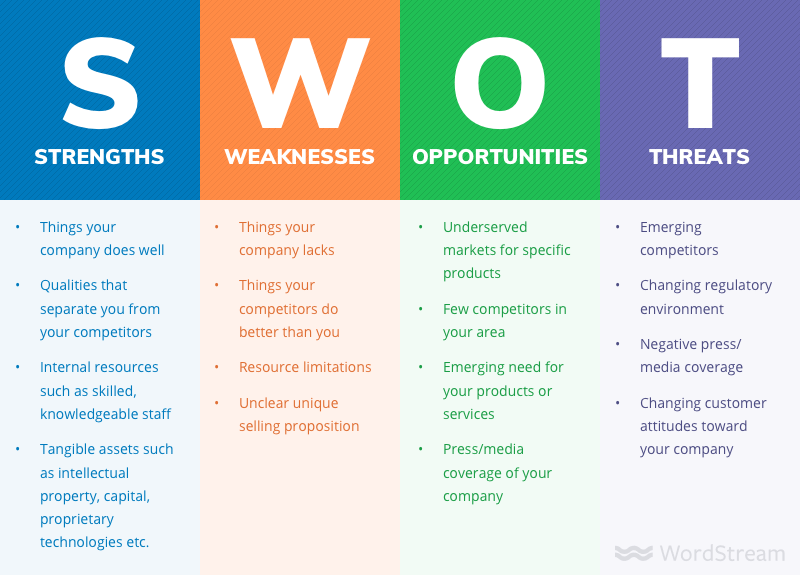There are no items in your cart
Add More
Add More
| Item Details | Price | ||
|---|---|---|---|
Tired of vague career advice that sounds good but goes nowhere? Then this guide is perfect for you. It is designed to move beyond general encouragement and into strategic action.
Whether you’re seeking greater purpose, better work-life balance, or a fresh challenge, this guide provides a clear, structured approach to help you make a thoughtful and successful career transition. We’ll walk you through every major decision—starting with the most important question: should you switch careers at all? From there, we’ll guide you in exploring options, evaluating your skills, researching new roles, and building a detailed plan to reach your next destination.
Before taking the leap, take a step back. Reflect deeply on your current situation by asking yourself these questions
Often, it’s difficult to distinguish between burnout and a true desire for change. Keeping a journal of your workdays for two weeks—tracking what energizes you and what drains you—can help identify patterns that reveal whether a complete switch is needed, or just a role adjustment.
If you still don’t have a clear answer, you can go through this blog with 10 questions to understand how to navigate career change.
Once you've confirmed the desire for change, brainstorm possible directions.
Reflect on your past experiences—side projects, volunteer roles, or hobbies where you naturally excelled. Are there industries that align with your skills but offer a better purpose or lifestyle? Browse job boards to explore possibilities and get inspired.
If you're stuck, take a career test. Assessments like ours are designed to highlight roles that align with your strengths and personality. SkillJourney’s test is designed to help you uncover your hidden strengths, natural work preferences, and potential new career paths. Take it here.
With a few directions in mind, it’s time to evaluate yourself objectively.
Identify your transferable skills and understand how your current experiences can serve you in a new field. What are your core values? What motivates you to show up every day? And what kind of work environment helps you thrive?
Tools like CliftonStrengths, or a personal SWOT analysis can help clarify your profile. SWOT stands for Strengths, Weaknesses, Opportunities, and Threats—it’s a structured method to identify where you shine and where you may face challenges during a transition. Make a list of each by using the general guide to the same:

This is your reality check. Dive into each potential career to understand what day-to-day life looks like.
Read job descriptions, salary benchmarks, and growth outlooks. Watch day-in-the-life videos, read industry blogs, and check forums like Reddit or Fishbowl. Learn what certifications are needed and how competitive the field is.
Pro Tip: Schedule informational interviews with professionals in your desired role. Their first-hand experiences can validate or challenge your assumptions.
Now that you’ve narrowed your options, it’s time to get specific.
Study job postings for the roles you’re aiming for. What skills appear again and again? What tools, certifications, or keywords pop up?
Use this information to identify where you already meet the bar—and where you need to upskill. This also helps tailor your resume and communication later.
A clear plan removes the guesswork and helps you make consistent progress.
Break your path down into phases:

If there are gaps in your knowledge or skills, now’s the time to bridge them.
You don’t need a new degree. Short courses on platforms like LinkedIn Learning, Coursera, or edX can be sufficient. Join workshops or take up small projects to get hands-on experience. Volunteering or freelancing can also help build credibility.
Career pivots often happen through people—not job boards.
Engage with professionals in your target field. Attend industry events, participate in online communities, and be genuinely curious. Ask questions, request advice, and stay visible.
Networking isn’t about begging for jobs—it’s about learning and aligning. Many people are happy to help if you’re respectful and sincere.
With clarity and new skills, update your job search materials to reflect your pivot.
Customize your resume to emphasize transferable skills. Craft a compelling summary that tells your career switch story. Each cover letter should clearly explain why you’re making the change and why you're a strong fit.
Download: Here is a toolkit for you to download to help build your resume and cover letter.
Career switches can be unpredictable. Some doors open quickly, others take time. That’s normal.
Keep a tracker to monitor applications, follow-ups, and conversations. Set weekly mini-goals—like applying to three jobs or connecting with two new professionals. Celebrate progress, even if it’s just updating your LinkedIn.
Some of the most successful professionals didn’t start out doing what they’re now known for—and their stories remind us that it’s never too late to change course.
Even public figures like Akshay Kumar, who worked as a waiter, chef, martial arts trainer, jewelry seller, photographer’s assistant, and background dancer before his Bollywood breakthrough, show us that career journeys are rarely linear.
Amitabh Bachchan faced multiple rejections before becoming a household name—and even after, had to reinvent himself several times. Narayana Murthy worked as a systems programmer before co-founding Infosys, and Chetan Bhagat was once an investment banker before becoming a bestselling author.
Each of these stories is a reminder that exploration, risk-taking, and persistence are often part of the process—and that switching careers isn’t just possible, it can lead to finding deeper purpose and success.
We explore this further on the SkillJourney podcast hosted by our CEO, Ameya Naik.
Take the story of Mr. Deep Shah, Co-Founder and CTO at Makkajai, an EdTech company making Math games for kids. Deep started out as a researcher at BARC, but his passion for software led him to roles at MBT, Thoughtworks, Spiderlogic, and Amazon. He tried entrepreneurship several times part-time, but it wasn’t until he left his corporate job that he went all-in on Makkajai—a decision that paid off. Today, the company is a thriving, profitable business. (https://youtu.be/HKf_LHRkU-M)
Another such inspiring story is of Dr. Gaurav Sabnis, who started as a Sales Manager at IBM and then left the corporate world for Academia. Now he is a tenured professor at Stevens Tech, New Jersey. Gaurav realized his strengths and changed his career to have a more fulfilling experience. Watch or listen here - https://youtu.be/1bsHXRIhKlU
Tune in to hear more such journeys—real stories, real pivots, and the power of choosing your own path on our Youtube Playlist - Steps & Stories - https://www.youtube.com/playlist?list=PLVbehHEJ8KbMhaYlexR3Vm62Rrd0SKO0K.
Switching careers isn’t just about finding a new job—it’s about designing a life that fits who you are now. With clarity, structure, and steady momentum, you can make that shift with confidence.
You don’t have to navigate this alone.
DM us to get more guidance and personalized support—we’re here to help you make the switch successfully.

Ameya Naik
Ameya is a Pune based tech entrepreneur, passionate about coaching and inspiring students to reach their potential.